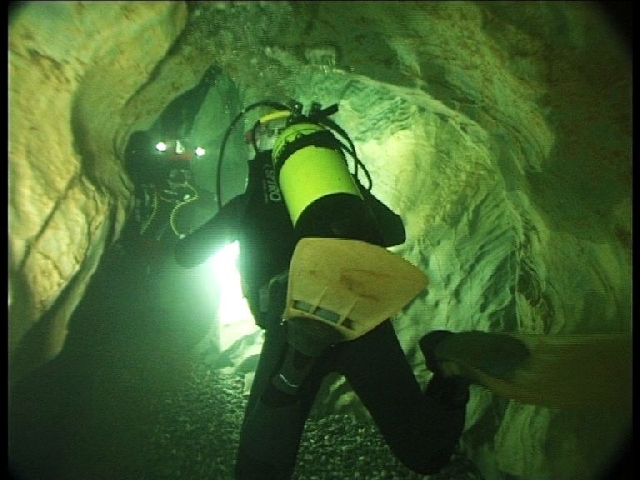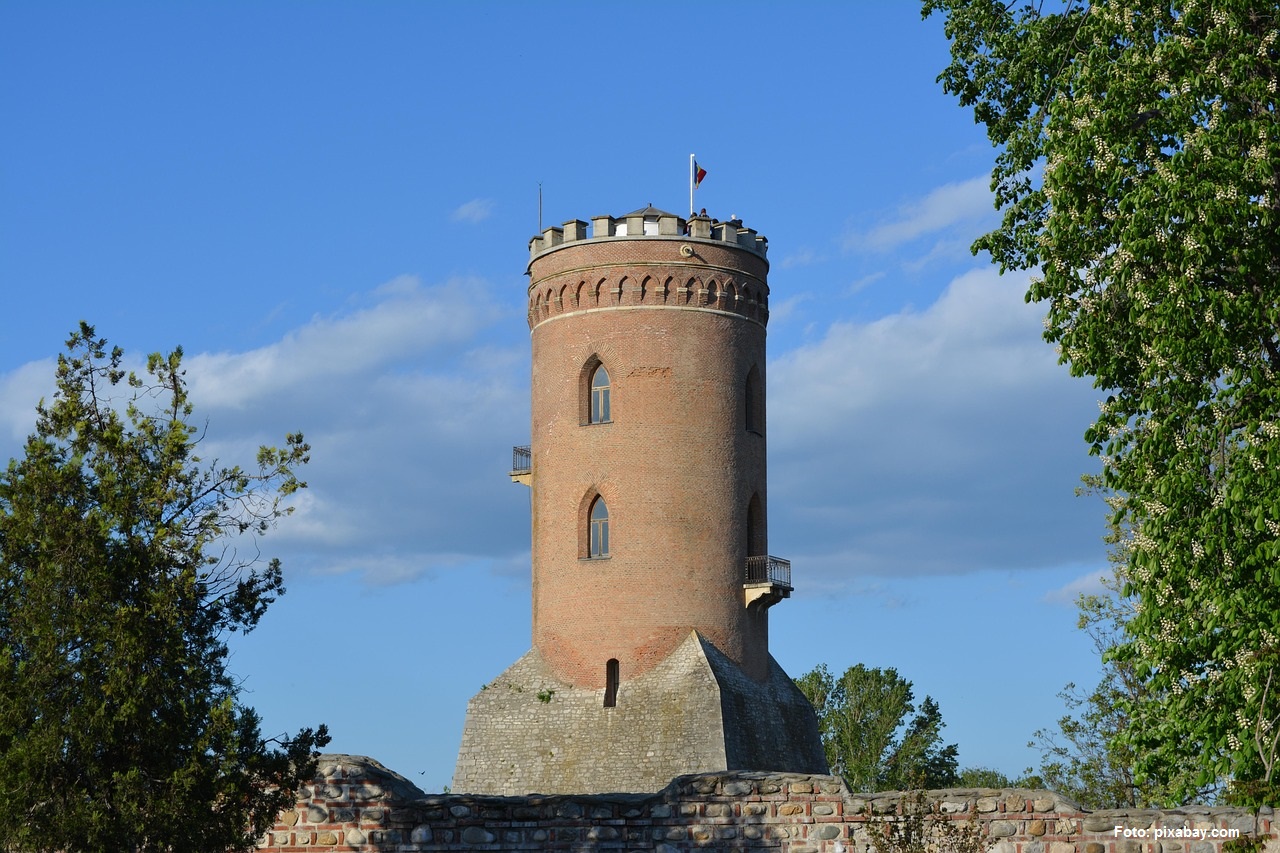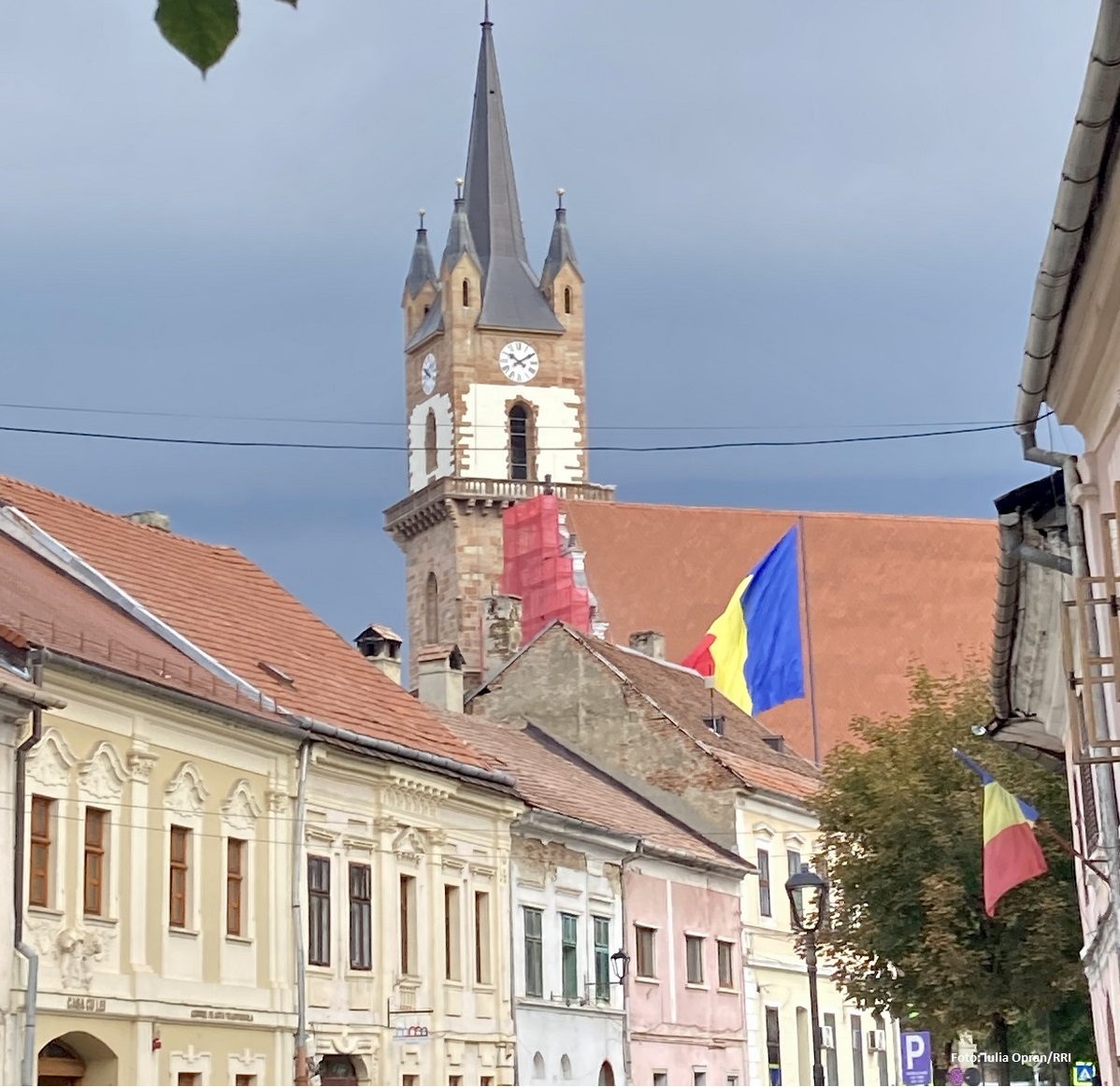Speleological Tourism
With over 10 thousand karst formations, ranging from 10 meters to 50 kms in size, Romania is home to some of the most spectacular caves in southeastern Europe. Although some of them are open only for scientific researchers, others have been equipped to r

Daniel Onea, 14.08.2014, 01:17
The beauty of a cave is in the eye of the tourist who visits it, the president of the Romanian Federation of Speleology Viorel Lascu told us. That beauty of the depths is fascinating to both amateurs and specialists. To an explorer, the most beautiful caves are the deepest, longest and most difficult, while those who love photography and underground scenery are more interested in those caves that are rich from a speleological point of view. Romania has class 4 and 5 caves, which are very difficult to cross, such as the 50 km long Pestera Vantului (the Wind Cave), the largest in Romania, or Pestera din Valea Rea (the Wicked Valley Cave), which is the deepest, going 750 m underground. These caves are good for exploring. There are also many other speleological gems, such as Nicula Cave, the Bears’ Cave, the Altar Stone Cave or Secatura Cave.
The Bears’ Cave, in Romanian Pestera Ursilor, is situated in a small village called Chiscanu, in the Apuseni Mountains, in western Romania. Seen as one of the most spectacular tourist attractions in the area, the cave was discovered by accident, in 1975, when a marble quarry was blown up. After five years, in 1980, it was opened to the public. It is approximately 15 hundred meters long, of which 521 are part of a scientific reserve.
The Bears’ Cave is extremely valuable from a paleonthological point of view, Viorel Lascu told us: “We found there relics of species such as the cave bear and the cave lion, and they are now being studied. This space, though not open to the public, is visible in the exhibition organized at the entrance. It is a unique place, very well equipped, and the underground landscape is quite spectacular. The chalkstones are extremely transparent and the cave is immaculately white. A long time ago, following an avalanche, many animals were trapped in the cave. The landscape is creepy, because the animals left traces that can rarely be seen in a cave. There are many skeletons and skulls there. But, besides the cave itself, there are many attractions in the area, such as Sighistelul Gorges, where there are also many caves.”
Scientific researcher Marius Florea too recommended the Apuseni Mountains: “It is very difficult for me to recommend just one cave. Most of them are in the Apuseni Mountains. There are many caves that can be visited, such as the Bear’s Cave, in the village of Pietroasa, or the Scarisoara Glacier, the largest underground glacier in Romania. The Apuseni Mountains boast several tourists caves such as the Meziad Cave and the Crystals Cave in the Farcu Mine, both in Bihor County.”
Recent explorations alongside the restoration and research activities are bringing the Crystal Cave from the Farcu Mine back into the gallery of the most beautiful caves in Romania. The cave is part of a more complex project that includes the ecological reconstruction and rehabilitation of the cave-mine compound for tourist purposes. Actually this is the first such project in Romania and one of the very few in the world. Along the route destined for tourists there are paths, stairs and banisters made of glass-reinforced plastic with LED lighting systems, which guide the tourists through the amazing mysteries of the cave. The tourist route ends up in a balcony from where tourists can admire the crystals reserve with the famous Farcu discs and “crystal dragon flies”.
Here is back at the microphone, scientific researcher Marius Florea: “The cave is located in the Padurea Craiului Mountains. Karsts are the main forms of relief. The low-set mountains are interspersed with specific relief elements such as sinkholes. The sinkholes are indicative of the presence of underground galleries. Access into the cave is through an artificial mine gallery that got intersected with the cave gallery when it was dug. The cave does not have a natural entrance and the pressure inside led to the formation of the famous crystals that you will find in the cave. The cave is not very big. Besides the crystals, tourists can admire a small mining museum displaying used tools. The groups of tourists are accompanied by a guide who presents each part of the mine and cave”.
Cave diving is considered an adventure sport and is promoted by several travel agencies. However, as researcher Marius Florea points out, this is by no means an activity for amateurs: “Cave diving has been practiced in Romania since the 1980s, but this activity is still not very widespread today. There are few people who practice cave diving in Romania, because this is a very difficult activity requiring a lot of tough training. Romania is one of the few countries with such wild nature and so many wild animals still roaming free in its forests and mountains, while its relief is full of gorges, valleys, caves and alpine cliffs. The Carpathian Mountains have a lot to offer to people who love nature.”






























